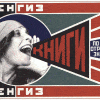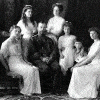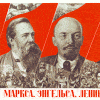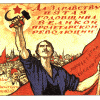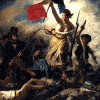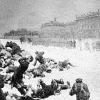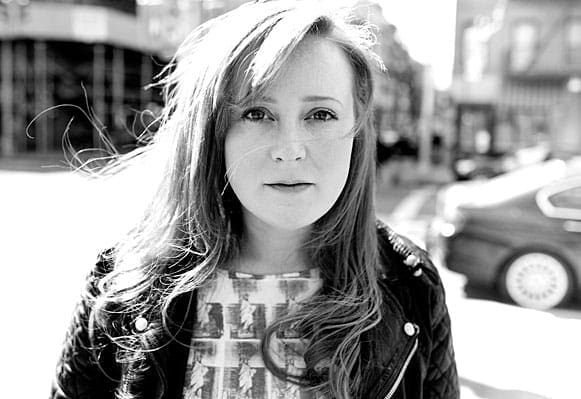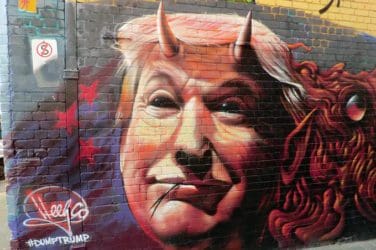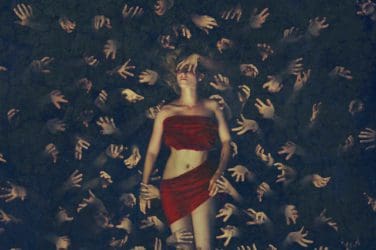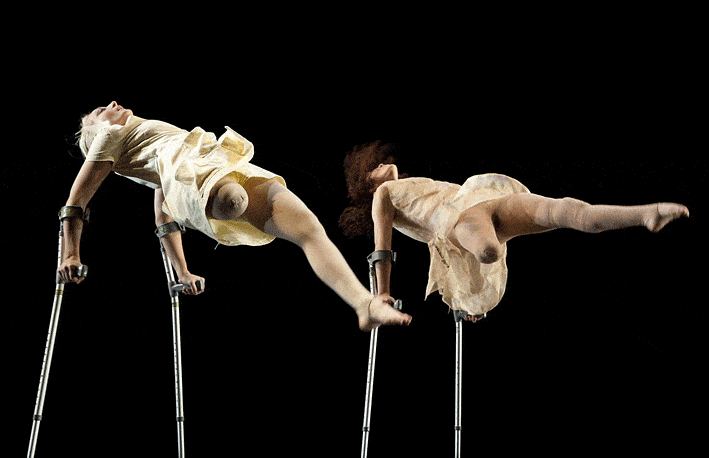The Russian Revolution – words by Stephen Davis author of The Tsar’s Banker
In 1917 the Russian revolution swept away the Russian Royal Family. One hundred years later the story of Tsar Nicholas II, Alexandra and their family continue to hold a fascination for the world.
Here are eleven fascinating facts you might not know about the Russian Revolution.
1) Nicholas II, the last Tsar, was related by blood and marriage to the royal houses of Great Britain, Spain, Sweden Germany, Denmark, Romania and Greece. This led to some highly incestuous relationships. One Grand Duchess wrote to a friend, ‘Both my sister and I married our mother’s first cousins. My father’s second sister was the sister-in-law of my sister’s husband; therefore, my sister became her own aunt’s sister-in-law! My husband’s father was my grandfather’s brother and I think I became my own aunt!’
2) The Romanovs were the wealthiest family in the world and it is the Imperial Easter eggs made by Fabergé that are most identified with their splendour. The Russian jeweller produced sixty-four jewel encrusted eggs for the Romanovs. Each year Nicholas would present one to his wife and a second to his mother.
3) When the Romanovs travelled they did not leave their luxurious lifestyle behind. There were carriages, yachts and cars but the most interesting was the royal train consisting of twelve carriages and twenty-six staff. The floors were covered in thick carpets and the walls covered in silk with wooden panels inlaid with tortoiseshell and mother-of-pearl. One carriage was a power station supplying electricity for the train and others included a kitchen, wine cellar, staff accommodation, a dining room that could seat sixteen, a study, various sitting rooms, bedrooms, two bathrooms and even a church car with a chapel richly decorated with icons and a small belfry containing a bell that jingled as the train travelled through the countryside.
4) The Empress Alexandra was German by birth and only six when her mother died. Her Grandmother, Queen Victoria, took over her upbringing and education. More English than German after she became Empress of Russia she insisted on taking afternoon tea and cakes at exactly 4.00.
5) The Tsar’s children had an Englishman, Charles Sydney Gibbes, as their English teacher. After the murder of the Imperial Family he underwent a religious conversion returning to England to set up a Russian Orthodox Church in Oxford. In the church he put on display the objects and icons he had brought out of Russia, some of which had been gifts from the family, including a pair of the Tsar’s boots that stood by the altar.
6) Although the Tsar, Tsarina and their five children were murdered by revolutionaries seventeen members of the Russian Imperial family escaped into exile on a British warship, HMS Marlborough, sent by King George V to rescue them. These included The Tsar’s mother, his sister, various uncles of the Tsar, and Prince Youssoupov – the man who murdered Rasputin.
7) During construction work in July 1991 workers found nine skeletons in a shallow grave in Yekaterinburg, Russia. The DNA of Prince Philip, the Duke of Edinburgh, was used to identify the remains. Prince Philip’s grandmother and the Tzarina’s grandmother were sisters. The remains of the Emperor and his immediate family were interred at St. Peter and Paul Cathedral, Saint Petersburg in 1998. The ceremony was attended by the Russian President Boris Yeltsin. The British royal family was represented at the funeral by Prince Michael of Kent.
8) After fleeing into exile the Tsar’s mother together with her Cossack bodyguards paid a visit to George V of Great Britain at Buckingham Palace. On seeing the King, who bore a striking resemblance to the murdered Tsar, the two Cossacks, believing the Tsar was alive, fell to the floor and began to kiss the King’s boots, much to George V’s embarrassment.
9) Lenin, the leader of the Bolsheviks (Communists) was born to a wealthy middle-class family and embraced revolutionary socialist politics following his brother’s execution in 1887 for plotting the assassination of the Tsar. During 1905 he lived in London and spent most mornings at the Reading Room of the British Museum plotting the overthrow of the Russian Royal Family.
10) The leader of the Bolshevik revolution, Lenin, hated smoking and took some delight in preventing Stalin, who was never without his pipe, from smoking in his presence.
11) In January 1918 the congress of soviets adopted a resolution stating that the ‘main task of government was the destruction of any human exploitation by another.’ This was the excuse for the confiscation from the landowning class of their property, land and valuables. After confiscation whole families were forced to live in one room of their old houses. Lenin later complained that the revolution had been too easy stating ‘If we are guilty of anything it is of being too kind to the bourgeois imperialist order.’ One Bolshevik leader coined a phrase for the landowners that became a chilling prophesy, ‘The yet unslaughtered’.
About Stephen Davis
Stephen Davis began his writing career aged 27 with a column in the South Wales Western Mail. A regular contributor to business magazines, he is also the author of two business books as well as a sought-after speaker and broadcaster on business issues. He is author of ‘The Tsar’s Banker’ and ‘I Spy The Wolf’, in a series of novels that follows the fortunes of the Tagleva family between 1912 and 1946.
The Russian Revolution facts – words by Stephen Davis author of The Tsar’s Banker
Facebook: www.facebook.com/thetsarsbanker

